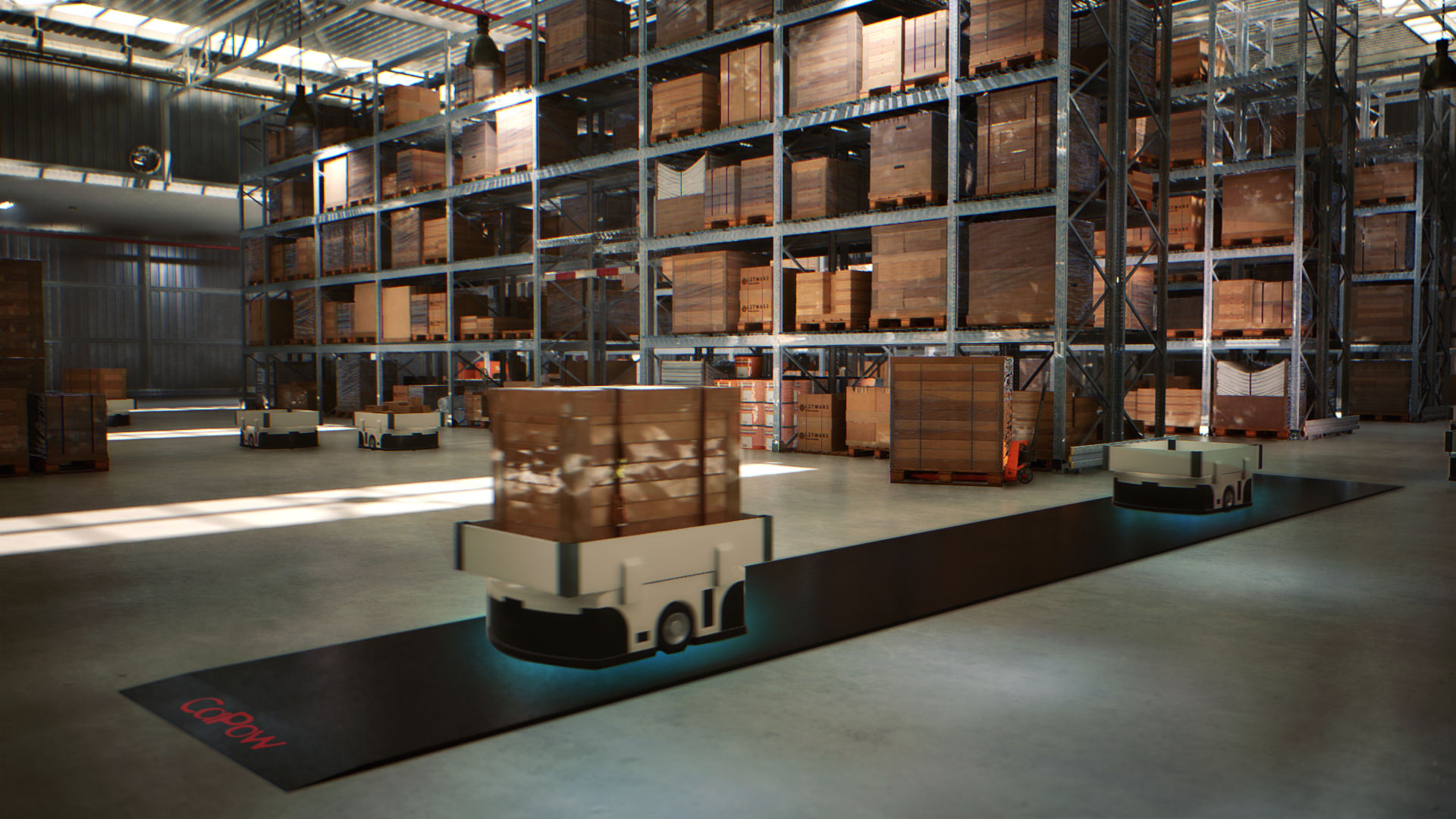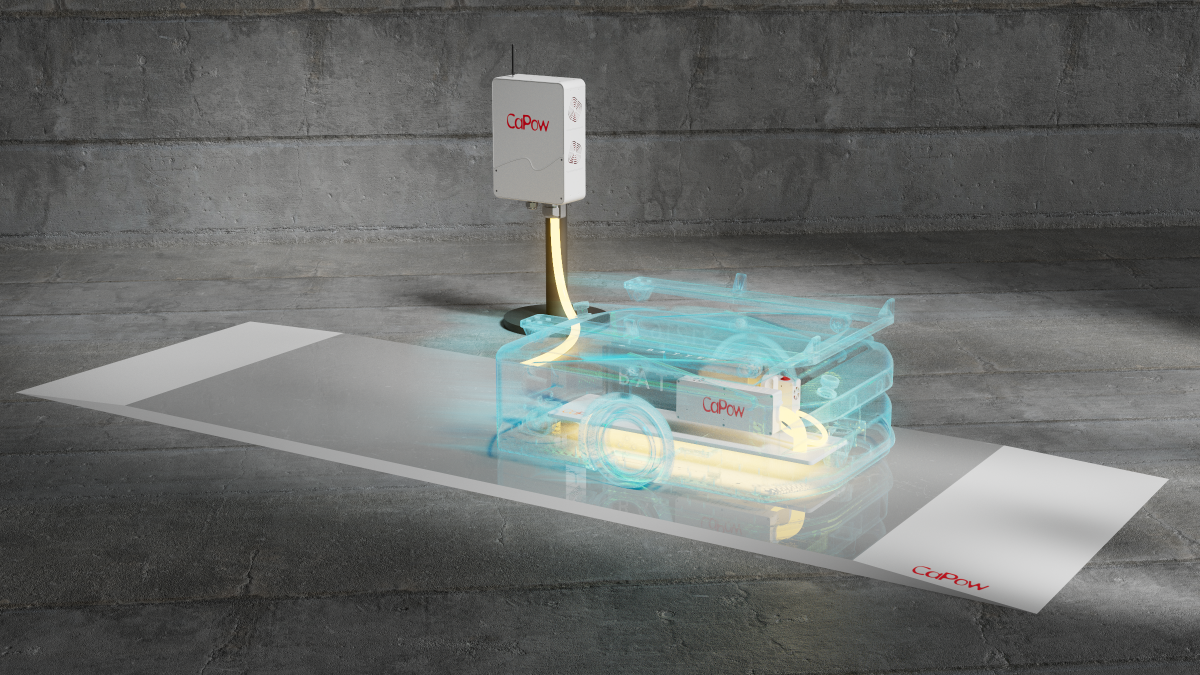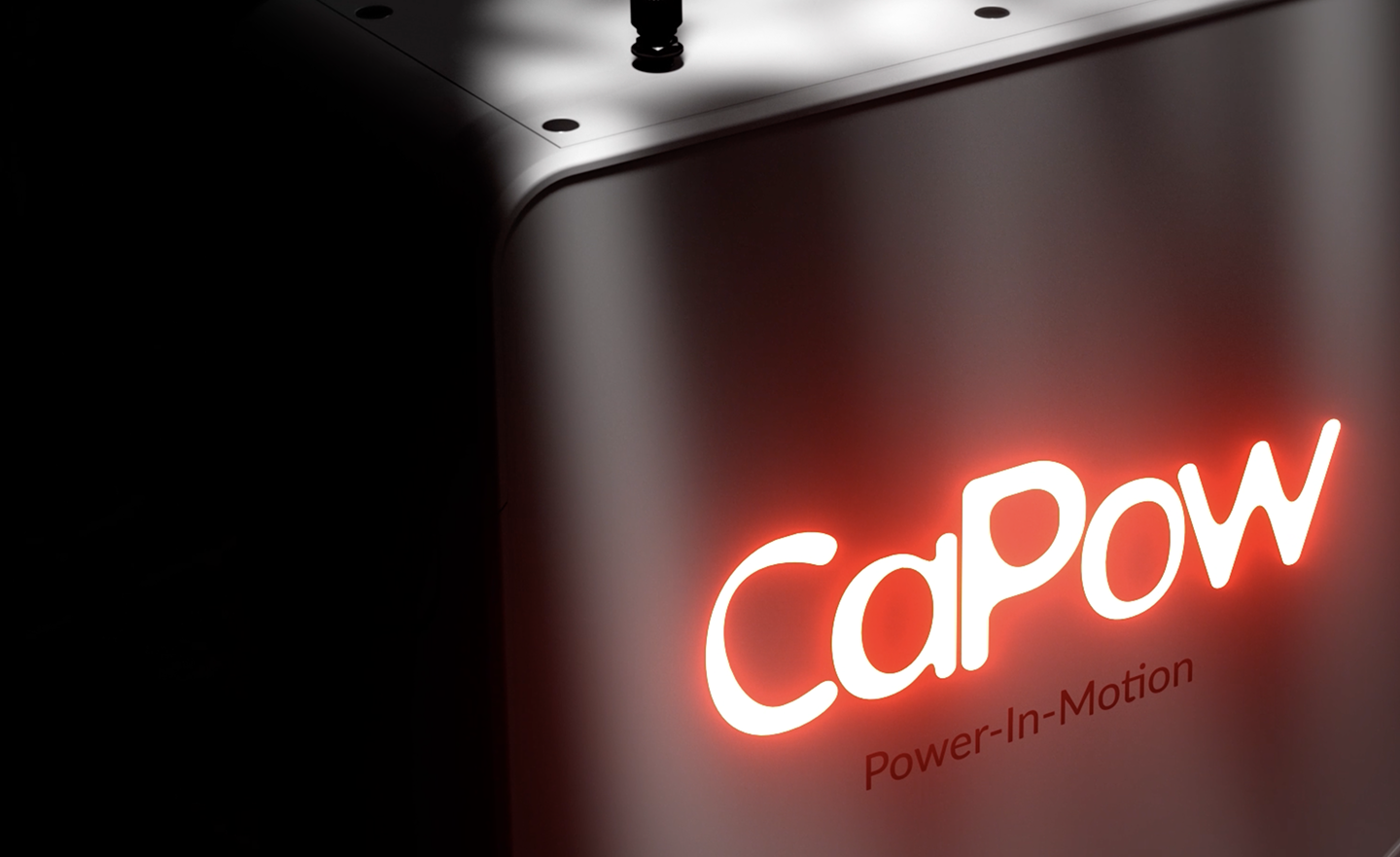The automation industry has spent years perfecting how robots move, collaborate, and adapt to dynamic environments. But one fundamental challenge still looms large: energy. How do we ensure that mobile robots, designed to enhance efficiency, aren’t held back by their own power needs?
At the latest Robotics 24/7 webinar, industry leaders from MiR Robotics, Peer Robotics, and CaPow came together to address this very question. With different perspectives and solutions on the table, one thing became clear: there is no single answer- but some answers may be better than others.
A clip from the Robotics 24/7 webinar: MiR showcases how in-line capacitive charging optimizes fleet efficiency and eliminates waiting time.
So, is the energy puzzle in robotics really solved? Or are we still piecing together a fragmented approach to a problem that demands a revolution?
The Cost of Energy: More Than Just a Power Problem
Every robot needs power, but what’s the real cost? It’s not just battery life- it’s downtime, infrastructure, fleet size, and ultimately, scalability.
🔹 Nick Anderson, Product Manager at MiR Robotics, noted that companies often underestimate the operational impact of charging time.
“Robots don’t just need to work- they need to be available. A charging robot isn’t productive, and that’s something we’re always trying to optimize.”
🔹 Rishabh Agarwal, CEO of Peer Robotics, argued that energy efficiency isn’t just about uptime- it’s about ensuring robots fit seamlessly into human-driven workflows.
“Energy solutions need to be as adaptable as the environments we work in. If charging interrupts that flow, then it’s a problem, no matter how efficient it is.”
🔹 CaPow’s perspective? Maybe the industry is asking the wrong question. Instead of making charging more efficient, what if robots never needed to stop for power at all?
This isn’t just an engineering challenge- it’s a strategic one. Are companies optimizing the wrong part of the process, making charging faster instead of eliminating it altogether?
Competing Solutions: Incremental Fixes or a True Breakthrough?
There are two fundamental approaches to solving the robot energy problem:
- Make charging faster, smarter, and more automated.
- This is the path many companies are taking- better batteries, faster charge times, and optimized scheduling.
- It’s practical, scalable, and familiar- but it still means robots spend time offline.
- Eliminate charging downtime altogether.
- A more radical approach- delivering power while robots are in motion, ensuring continuous operation.
- It removes downtime but requires a shift in how the industry thinks about energy.
Which approach is winning? That depends on how you define the problem.
If the goal is to make incremental improvements, then smart charging stations, better fleet management, and higher-capacity batteries might be enough.
But if the goal is to remove energy as a limitation altogether, then solutions like CaPow’s Power-in-Motion model challenge the very foundation of how automation operates today.
The Unanswered Questions in Robotics Energy
The energy puzzle isn’t solved- but it’s also not unsolvable. What became clear in this discussion is that the industry is at a crossroads:
Are we settling for marginal improvements instead of bold solutions?
Is downtime just a cost of doing business, or is it a solvable inefficiency?
Is energy an engineering problem- or a mindset problem?
As robotics continues to advance, the way we answer these questions will define whether automation achieves its full potential- or remains limited by power constraints we refuse to rethink.
So, what do you think? Is the future of mobile robotics a world where charging still exists- or a world where it’s no longer needed?
Join the conversation. And if you want to see one possible answer in action, visit CaPow at Promat 2025, Booth E12934.
The energy puzzle isn’t theoretical- it’s playing out right now. The real question is: Which solution will define the future?



